Plasma cutting is a highly efficient method of metal fabrication, offering numerous advantages compared to other cutting techniques. By utilizing a high-velocity jet of ionized gas, plasma cutting can swiftly cut through various metals with high precision and repeatability. This process is commonly used in industries such as metal fabrication, automotive repair, and heavy equipment manufacturing. Are you curious about what is plasma cutting? Let’s dive into the intricacies of this technique, such as how do plasma cutters work, the ideal gas to use, the types of materials it can cut, and the specific advantages and disadvantages it offers.
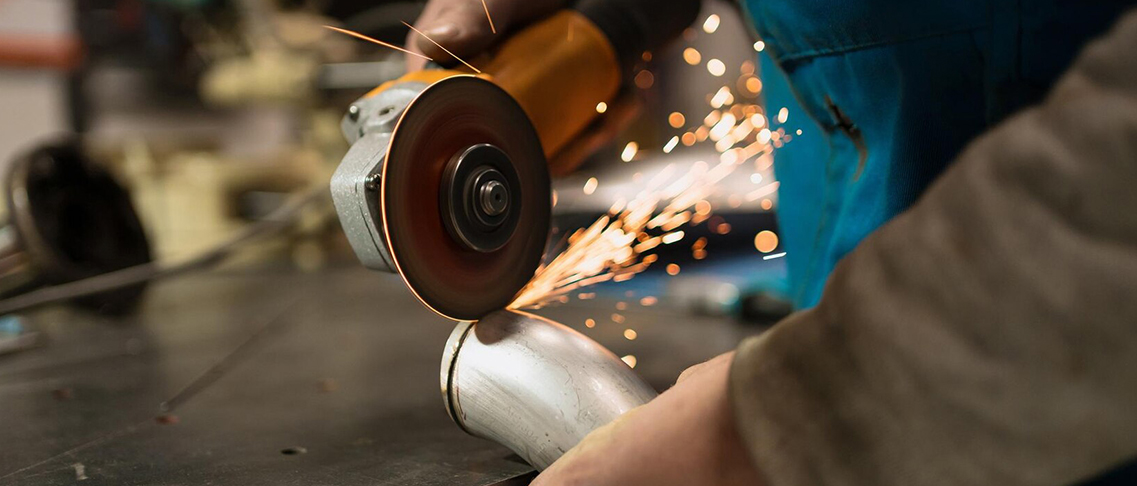
A plasma cuter is a device that utilizes a metal-penetrating plasma stream with high energy to cut through various materials. When the ionized gas stream comes into contact with an electrically conductive target material, it releases all of its ionization energy in a concentrated point on the metal. This intense energy instantly melts or vaporizes the material, while the gas stream expels any molten material from the cut. To prevent the removed metal from oxidizing and affecting the cut quality, the gas stream typically consists of argon, an argon/hydrogen mixture, or nitrogen. This ensures that the metal does not burn and generate excessive heat during the cutting process.
Our plasma-cutting service excels in delivering high precision and repeatability, particularly when it comes to cutting shapes and angles from metal workpieces. Our skilled operators possess the expertise and steady hands needed to ensure a clean and precise cut.
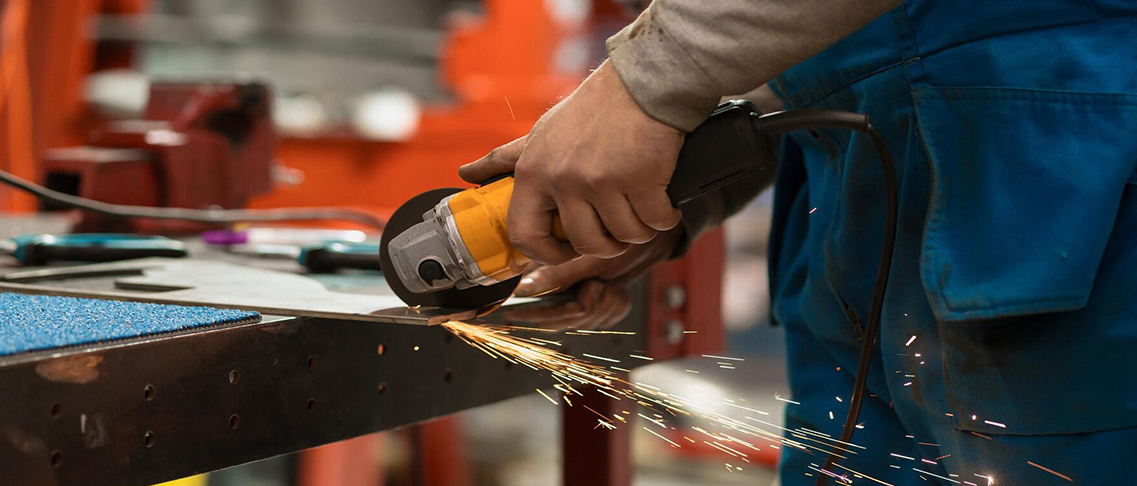
The advantages of plasma cutting are listed below:
Versatility with Various Materials
One of the key advantages of plasma cutting in metal fabrication is its versatility. It can effectively cut through a wide range of conductive metals, including iron, copper, stainless steel, steel, brass, and more. Additionally, plasmacut boasts impressive cutting speeds, making it an excellent choice for metalwork projects.
Ability to Handle Different Thicknesses
Unlike other metal cutting options, CNC plasma cutting offers the flexibility to work with materials of varying thicknesses. Our team at Richconn specializes in cutting metals up to one-and-a-half inches thick, and even thicker if required.
Capability for Complex Shapes
Plasma cutting enables the creation of intricate shapes, regardless of their geometric complexity. Our experts at Richconn utilize plasma cutting to produce a diverse range of shapes, including intricate designs, straight lines, and curves that may be difficult or impossible to achieve using other metal-cutting techniques.
Energy Efficiency
The energy efficiency of plasma cutting makes it an increasingly popular choice for many businesses and companies. Our CNC plasma machines at Richconn are designed to be energy efficient, resulting in cost savings in the long run.
While plasma cutting offers several advantages for metal fabrication, it is important to be aware of its disadvantages as well.
Limited to Conductive Materials
Plasma cutting is only suitable for cutting conductive materials, limiting its applicability to non-conductive substances.
Thickness Limitations
Plasma cutting is not ideal for cutting materials beyond a certain thickness, generally not recommended for thicknesses exceeding 150mm.
Eye Safety Concerns
Bright flashes generated during the cutting process can have a negative impact on human eyes, necessitating the use of appropriate eye protection.
Fume Production
Cutting materials with plasma in ambient air can produce fumes, highlighting the importance of proper ventilation and the use of respiratory protection.
From the above, we have gained an understanding what is plasma cutter. Now, let's delve into a detailed explanation of how does plasma cutting work. Plasma cutting is a thermal cutting process that uses heat to melt metal instead of mechanically cutting it. Compressed air or other gases, such as nitrogen, are ionized to create plasma. This plasma is then directed towards the cutting head, which constricts the plasma stream. The workpiece, connected to the ground through the cutting table, is contacted by the electrically conductive plasma arc, melting the metal. Simultaneously, high-speed gases blow away any molten metal.
Plasma cutters may operate differently. Here there are three distinct types of cutting processes.
High-Frequency Contact
The high-frequency contact method is employed in plasma cutting to initiate the plasma arc, which is then transferred to the workpiece through a contact torch. This torch helps to sustain the arc between the electrode and the workpiece while allowing control over the cutting speed and depth. High-frequency contact plasma cutting is commonly utilized in industrial settings that demand precise and clean cuts, particularly for materials up to 38mm thick. This method is favored for its speed and versatility, making it suitable for cutting a wide range of metals and alloys like stainless steel, aluminum, and copper.
Pilot Arc
During this method, an electrode is subjected to a high-voltage current, resulting in the formation of a tiny plasma arc or spark that leaps from the electrode to the workpiece. This initial arc generates a pilot arc, which ionizes the gas and creates a plasma stream connecting the electrode and workpiece. The pilot arc is subsequently utilized to initiate the main cutting arc, which melts the metal and expels the molten material through a forceful gas stream.
Spring-Loaded Plasma Torch Head
In this cutting process, a specially designed spring-loaded mechanism is incorporated to effectively uphold a consistent and unvarying gap between the torch head and the workpiece while the cutting operation is underway. This innovative mechanism plays a crucial role in meticulously maintaining the plasma arc at the optimum and precise distance from the workpiece. This meticulous control and adherence to the correct cutting distance are of utmost significance as they contribute significantly to the attainment of a flawlessly clean and remarkably precise cut.
Plasma system components
Power Supply
The plasma power supply is responsible for transforming the AC line voltage, whether single or three-phase, into a steady and continuous DC voltage ranging from 200 to 400VDC. This DC voltage is crucial for sustaining the plasma arc during the cutting process. Additionally, it controls and adjusts the current output as per the specific material type and thickness being worked upon.
Arc Starting Console
The Arc Starting Console (ASC) circuit generates an AC voltage of around 5,000 VAC at 2 MHz, inducing the spark within the plasma torch to initiate the plasma arc.
Plasma Torch
The role of the plasma torch is to ensure accurate alignment and effective cooling of the consumables. The consumable components essential for generating the plasma arc include the electrode, swirl ring, and nozzle. To enhance the quality of the cut, a shielding cap can be optionally employed. All these parts are secured together using inner and outer retaining caps.
The selection of gas for plasma cutting is contingent upon several factors, including the material being cut, the thickness of the material, and the intended quality of the resultant cut. It is important to note that distinct gases will yield varying cutting speeds, edge quality, and heat-affected zones.
Argon
Argon, being an inert gas, possesses a stable plasma arc that exhibits minimal reactivity with metals under high temperatures. As a result, electrodes and nozzles utilized in argon-cutting applications tend to have a prolonged lifespan when compared to those employed with other gases.
However, it is important to note that argon gas does have limitations when it comes to cutting, mainly due to its low plasma arc and enthalpy. Additionally, when argon is used in an argon protection environment, there is a tendency for slag-related issues to arise. This can be attributed to the fact that the surface tension of molten metal is approximately 30% higher in an argon environment compared to that in a nitrogen environment. These challenges are significant contributing factors to the infrequent utilization of argon in plasma cutting practices.
Hydrogen
Hydrogen is frequently utilized as a supplementary gas in conjunction with other gases employed in plasma cutting. One popular combination involves the mixing of hydrogen and argon, resulting in the creation of a highly robust gas that excels in plasma cutting applications.
The addition of hydrogen to argon substantially elevates the arc voltage, enthalpy, and cutting capacity of the argon plasma jet. Moreover, when the mixture is compressed by a water jet, the cutting efficiency of this combination is further enhanced.
Air
With approximately 78% nitrogen and 21% oxygen by volume, air proves to be a viable gas option for plasma cutting. Notably, the oxygen present in air renders it particularly effective for swiftly cutting low-carbon steel. Additionally, the widespread availability of air makes it an economically favorable gas for this purpose.
While it is important to acknowledge that there are certain drawbacks associated with using air. In particular, the electrodes and nozzles employed in the cutting process tend to have a limited service life, subsequently leading to increased cutting costs and reduced efficiency. Moreover, using air as the sole gas can result in challenges such as slag hanging and oxidation of the cut.
Nitrogen
Nitrogen gas offers improved stability for the plasma arc and generates a higher-energy jet compared to argon, particularly when operated with a higher voltage supply. Additionally, when cutting metals with high viscosity such as nickel-base alloy and stainless steel, nitrogen produces minimal slag on the lower edges of the incision.
Nitrogen can be used independently or in combination with other gases, and it enables efficient high-speed cutting of carbon steel.
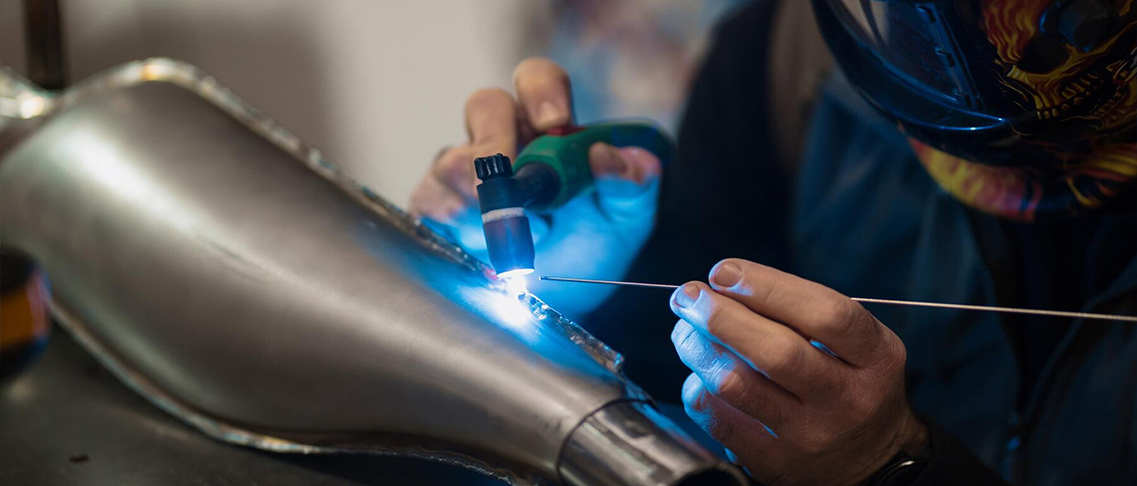
When engaging in plasma cutting, it is crucial to prioritize personal safety by utilizing appropriate protective gear. The cutting process involves the forceful expulsion of hot splashes and potentially bothersome dust from the cut. Additionally, the rapid and energetic gas stream and arc generate significant noise. Below are the essential safety equipment items recommended for plasma cutting:
Goggles
Goggles should be worn to protect the eyes from hot splashes and debris ejected during plasma cutting.
Breathing Filter
A breathing filter is necessary to prevent inhalation of harmful dust and particles during the cutting process.
Coveralls
Coveralls provide full-body protection, shielding the wearer from sparks and heat generated during plasma cutting.
Gloves
Gloves should be worn to protect the hands from potential burns or cuts caused by the intense heat and sharp materials involved in plasma cutting.
At most plasmacutting sites, it is necessary to have general environmental safety gear in place. This includes various items such as:
Signage
Signage is used to notify and caution others about the ongoing plasma cutting process, ensuring their awareness and safety.
Barriers
Barriers are utilized to establish a designated area and prevent unauthorized individuals from entering and getting too close to the cutting operation.
Screens
Screens are employed to block light and prevent material splash, thereby enhancing safety by reducing potential hazards caused by intense light and flying debris.
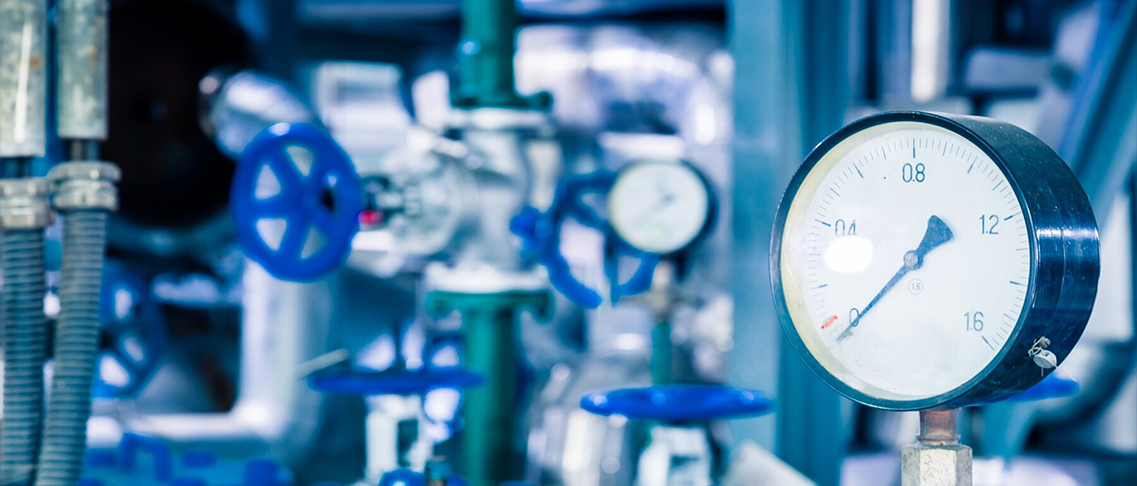
Plasma cutting is particularly advantageous for producing high-precision components that are suitable for both general and industry-specific applications. When it comes to manufacturing product parts, Richconn's custom sheet metal fabrication solution offers a range of benefits. By employing Richconn's solution, you can reap the following advantages in Richconn:
Strong Manufacturing Capability
Our manufacturing capacity at our domestic facilities in China is robust and versatile. We offer a comprehensive project solution that includes a wide range of material options, surface finish choices, and the ability to handle both low-volume and high-volume production runs. With our flexible capabilities, we can accommodate your manufacturing needs effectively and efficiently.
Quality Assurance
You can have complete confidence in the high quality of our products at Richconn. Our manufacturing factory is ISO 9001:2008 certified, ensuring that strict quality control measures are in place. We are committed to meeting your specific requirements and can provide material and full-dimensional inspection reports upon request. Rest assured that the parts you receive from us will not only meet but exceed your expectations.
Plasma cutting, a method that employs the fourth state of matter, is widely utilized to cut conductive metals. This technique presents numerous benefits, including enhanced productivity, flexibility, accuracy, and surface finish quality.
For optimal plasma cutting results in metal fabrication, consider partnering with Richconn. We offer top-notch plasma cutting services, as well as other cutting methods such as laser cutting. With one of the industry's quickest lead times and competitive pricing, we strive to meet your specific project requirements. To begin collaborating with us, simply submit your design for an instant quote!
 The Application of CNC Machining in Mechanical Equipment - CNC PartsMay 13, 2024Discover the wide range of applications and future trends of CNC machined parts in mechanical equipment. From high precision to increased efficiency, this technology is pushing forward the industry. Explore the possibilities now!view
The Application of CNC Machining in Mechanical Equipment - CNC PartsMay 13, 2024Discover the wide range of applications and future trends of CNC machined parts in mechanical equipment. From high precision to increased efficiency, this technology is pushing forward the industry. Explore the possibilities now!view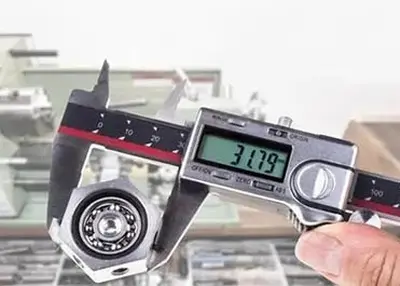 Die Casting Machine: A Detailed ReviewMarch 6, 2024Die casting machines are essential in the manufacturing industry. Let's delve into a detailed review of their key features, benefits, and applications.view
Die Casting Machine: A Detailed ReviewMarch 6, 2024Die casting machines are essential in the manufacturing industry. Let's delve into a detailed review of their key features, benefits, and applications.view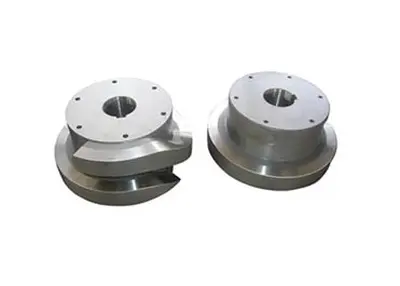 What Workpieces Are Mainly Used for 4-axis CNC Machining?August 10, 2022The continuous improvement of the automation degree of 4-axis CNC machining and the development of mechanized systems make the process scope continue to expand. 4-axis CNC machining maximizes the cont...view
What Workpieces Are Mainly Used for 4-axis CNC Machining?August 10, 2022The continuous improvement of the automation degree of 4-axis CNC machining and the development of mechanized systems make the process scope continue to expand. 4-axis CNC machining maximizes the cont...view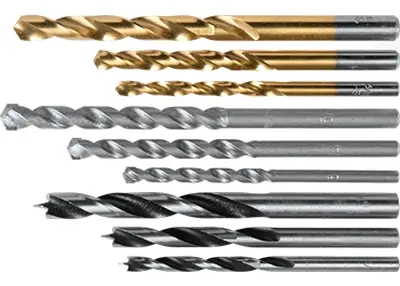 Metal Drill Bits Guide: Choosing the Right Tool for the JobSeptember 25, 2023I will walk you through everything you need to know about metal drill bits, from understanding their types to making the right choice for your specific needs.view
Metal Drill Bits Guide: Choosing the Right Tool for the JobSeptember 25, 2023I will walk you through everything you need to know about metal drill bits, from understanding their types to making the right choice for your specific needs.view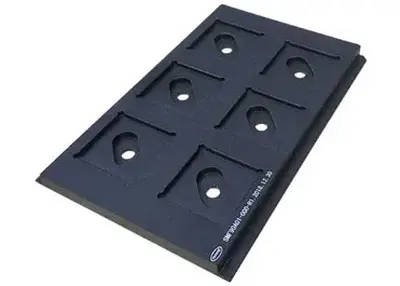 Semiconductor Chip Carrier Manufacturing: Introduction from Materials to Finished ProductsAugust 14, 2023With the development of science and technology, semiconductor chips are being widely used in various fields. High quality chip carriers are crucial to ensure the performance of chips during semiconduc...view
Semiconductor Chip Carrier Manufacturing: Introduction from Materials to Finished ProductsAugust 14, 2023With the development of science and technology, semiconductor chips are being widely used in various fields. High quality chip carriers are crucial to ensure the performance of chips during semiconduc...view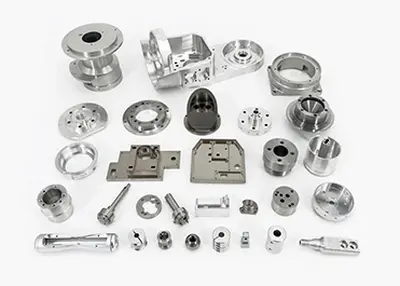 What Are the Categories of Fastener Nuts?October 30, 2023Some parts manufactured in the automotive industry can only function if they are connected to other parts during the assembly process. As a result, automotive parts manufacturing relies on designs that have high tolerances and incorporate connecting mechanism features, of which fasteners are very common.view
What Are the Categories of Fastener Nuts?October 30, 2023Some parts manufactured in the automotive industry can only function if they are connected to other parts during the assembly process. As a result, automotive parts manufacturing relies on designs that have high tolerances and incorporate connecting mechanism features, of which fasteners are very common.view